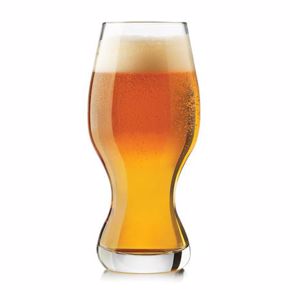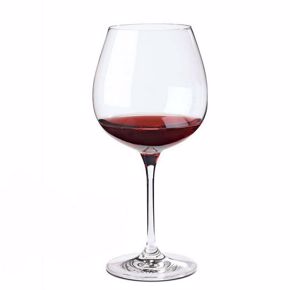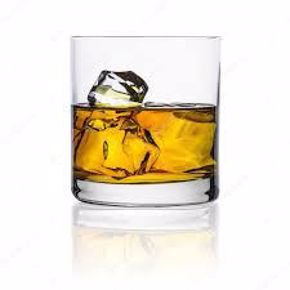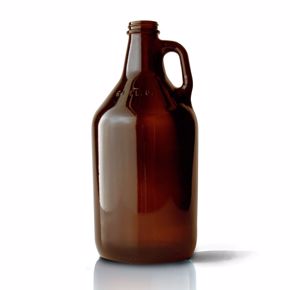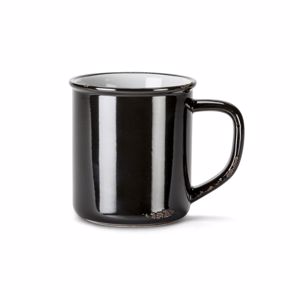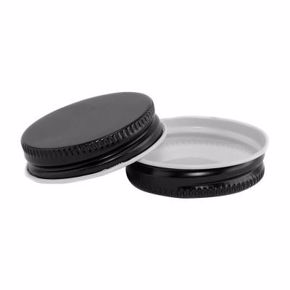Growlers
The fascination with growlers has been growing in recent years. This unique way of packaging draught beer has hit home with consumers well over a decade ago in the United States and has gradually found its way to Canada.
To fully understand and appreciate the importance of a growler in the beer industry, one must first take a sneak peek at the humble beginnings. According to the Oxford Companion to Beer, the origins of the growler date back into the late 1800’s and early 1900’s when beer was primarily only available on draught. Beer consumers would venture out to the pub with a galvanized steel pail (with lid) to retrieve their favourite beer. The term ‘growler’ was given because of the low rumbling sound of escaping carbonation.
Modern growlers come in many shapes, sizes and colours. I still remember my father using a clear jug to put his home-made wine in. Obviously, a clear growler for beer is a big no-no! Clear glass allows light to infiltrate the beer causing a chemical reaction between hops and ultraviolet light. This ‘skunky’ aroma is less than favourable to modern beer drinkers.
The biggest reason to use a growler is to provide a beer which normally would not be part of the regular line-up. This could include one of kind offerings that are either experimental or seasonal in nature. Many consumers find the growler to be unique in its shape, size and volume and therefore are highly attracted to it. It also screams ‘CRAFT’ and this by itself creates another reason to use these bottles.
Growler Boston Growler
There are various types of growlers to be considered. The most preferred growler is one with a handle (shown on the left above). The Boston Growler is also known as a medicine bottle growler and is usually reserved for smaller quantities.
Volume should have a huge impact in your choice. The typical growler holds 1.893 litres or 66.42 imperial ounces. This is the equivalent of 4 large cans and using a growler can be a good single sale, high volume transaction. A smaller version (often called a Howler - half growler) has a volume of 946 millilitres or 33.2 imperial ounces. Quite often, the measurement will be in US ounces so you need to be cautious when planning for your cost structure.
If you have decided that growlers will be a part of your on-premise or retail strategy, there are some things to consider.
- Growlers are designed for a single occasion. Once opened, the carbonation escapes rapidly and oxidation sets in which means that the beer could end tasting papery and flat if left over night once opened.
- Filling a growler should come with care and attention. One of the biggest concerns for me is quality. A growler filled straight out of a draught tap will result in a beer that is significantly less carbonated than a can or bottle. This is caused because some of the CO2 is released when poured and then more is released when enjoyed. Another quality issue to avoid is using polyvinyl tubing to direct the beer into the mouth of the growler. PVC tubing will collect bacteria and unless this is cleaned with every use, it will affect the end of quality of the beer. Remember…you should always intend to have the beer taste perfect to the consumer.
- The best way of filling a growler is using a growler filling station. The device below works to evacuate oxygen from the growler therefore ensuring a longer shelf-life to the beer. Then, it fills the bottle slowly and adds CO2 which once again creates a perfect environment for the beer you took so much care to create. In addition, it fills much quicker than just from a draught tap.
Lastly, always ensure that the consumer is getting the best beer experience possible. A great experience leads to many more.
Cheers!
Written for Brand Concepts by Roger Mittag, President of Thirst For Knowledge Inc. (Canada’s leading beer education company) and founder of Prud’homme Beer Certification® (www.tfkbeer.com ), a five-star beer education program.

